1. Scorpions
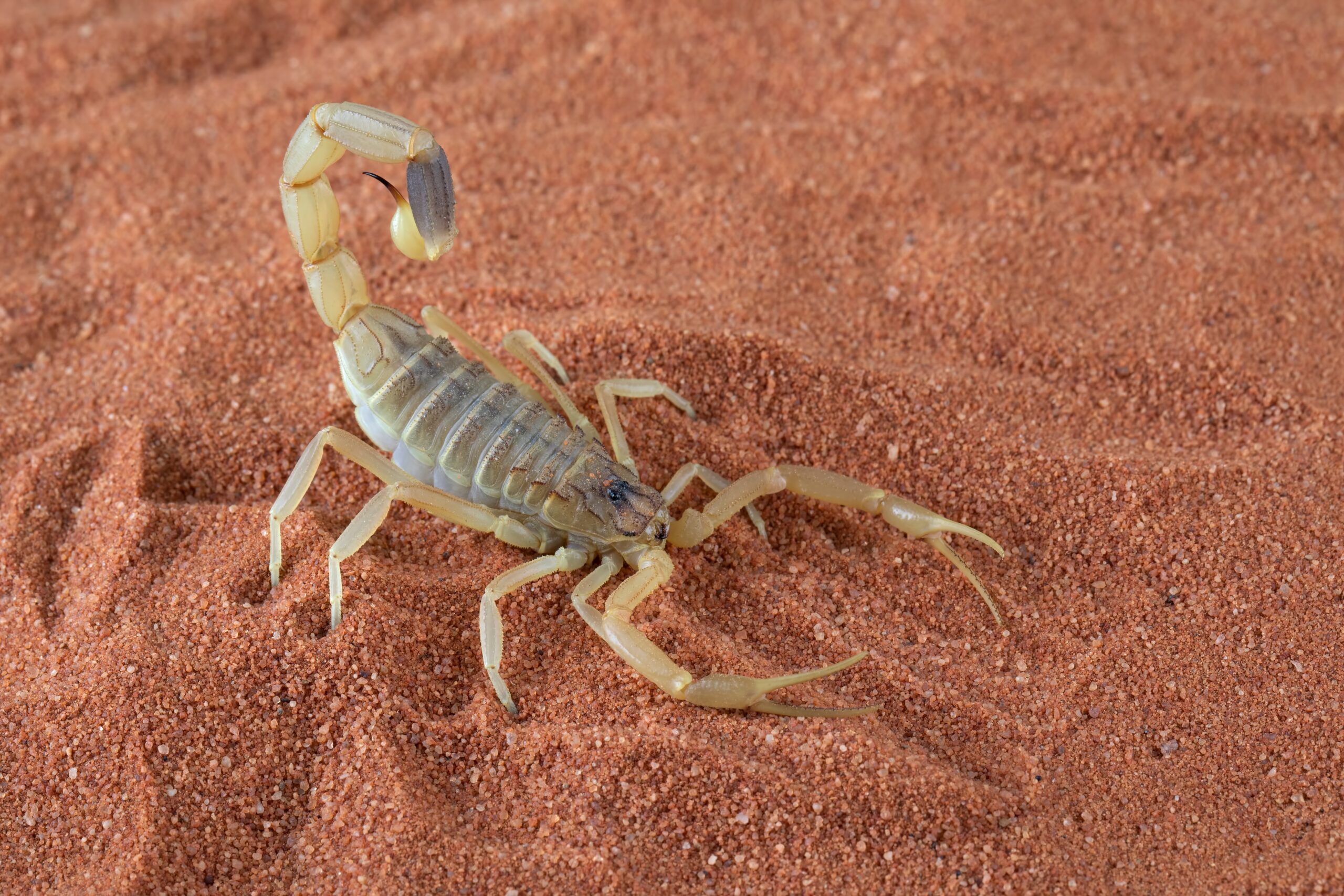
Scorpions have been around for over 400 million years, and they’re not going anywhere, not even after a nuclear war. These ancient arachnids are incredibly radiation-resistant, surviving doses up to 10 times higher than those lethal to humans. They’ve evolved to handle extreme temperature shifts, long periods without food, and dry, desolate environments. Their slow metabolism lets them hunker down for months, even a year, with barely a meal. That kind of biological patience is exactly what you’d want in a post-apocalyptic roommate.
Scorpions also possess exoskeletons that offer some shielding from environmental threats, and their nocturnal nature helps them avoid UV exposure. But it’s their internal resilience that earns them their spot. Found on every continent except Antarctica, scorpions thrive in deserts, forests, and even radioactive zones like Chernobyl. Should humanity ever wipe the slate clean, scorpions won’t just survive—they’ll crawl right back into the shadows and wait. Source: National Geographic – Scorpion Facts
2. Rats
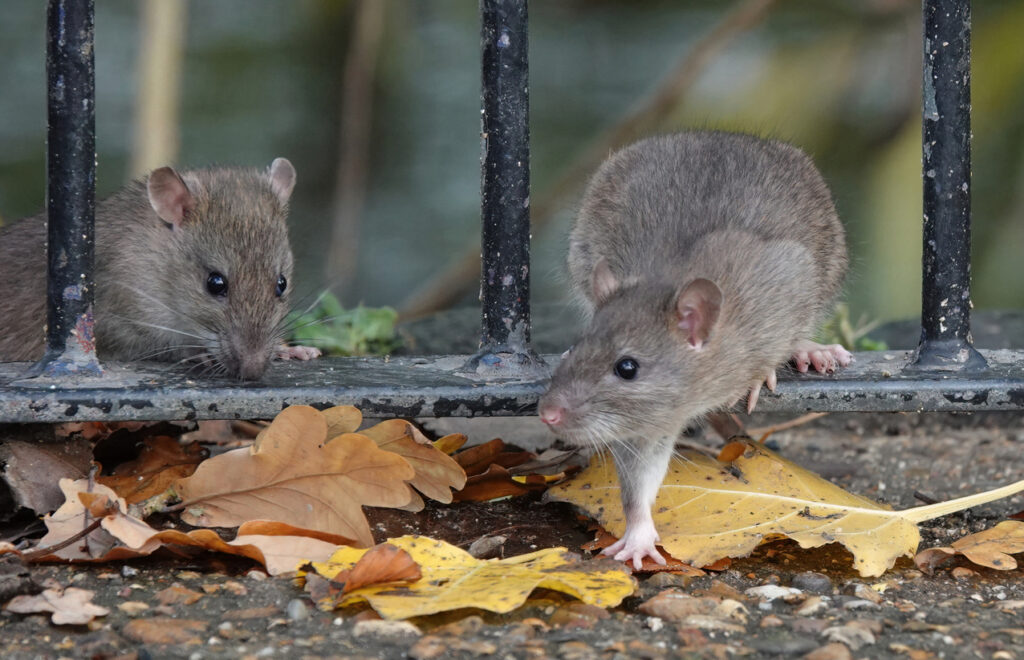
Rats have already proven they can survive just about anything, including us. With populations estimated in the billions, rats thrive in sewers, subways, deserts, and cities. Their adaptability, intelligence, and rapid breeding make them ideal candidates for life after a nuclear catastrophe. A single pair can produce thousands of descendants in a year, and those descendants can squeeze through openings the size of a quarter, scale walls, and survive on scraps. In a post-apocalyptic world, those traits become superpowers.
But what really earns rats their spot on this list is their resilience to radiation. While not as resistant as insects, studies have shown rats can survive higher doses than many mammals, and some populations have persisted in areas affected by nuclear fallout, including parts of Chernobyl. Their small size, burrowing instincts, and omnivorous diets let them exploit any available shelter or food source. If the world burns down, rats won’t just rebuild—they’ll repopulate. Source: BBC Future – Why Rats Could Inherit the Earth
3. Cockroaches

They’ve scuttled through our nightmares for decades, and for good reason: cockroaches are the poster children for survival. With some species tolerating radiation levels up to 15 times higher than humans, they’ve earned a reputation as the last ones standing after a nuclear blast. While not invincible, their biology gives them a serious edge—simple body systems, slow cell cycles, and the ability to hold their breath for over 40 minutes. That’s the kind of low-maintenance life strategy that thrives in a post-fallout world.
Cockroaches can go a month without food, a week without water, and survive decapitation for days. They’re found on every continent except Antarctica and will eat anything from glue to dead skin. Scientists have even found them in areas surrounding Chernobyl, still alive and scuttling. While they may not be the most glamorous survivors, they’re almost certainly on the guest list for whatever life comes after us. Source: Scientific American – Are Cockroaches Really Radiation Proof?
4. Alligators
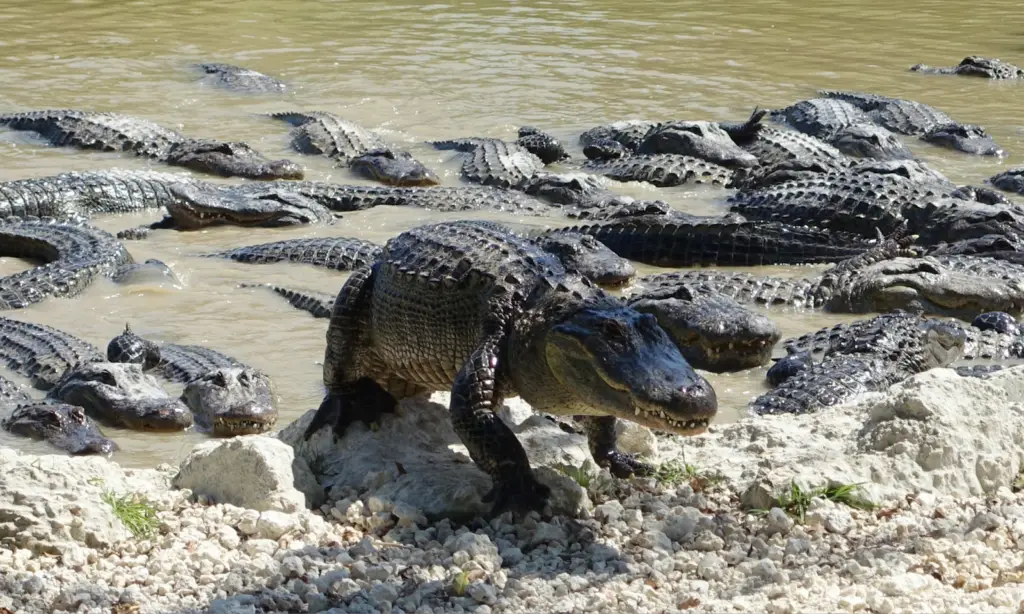
Alligators may not be the first creature that comes to mind when imagining a post-nuclear Earth, but they’ve survived mass extinctions before—and they’re built to do it again. These modern-day dinosaurs have been around for over 150 million years, outliving the species that once towered above them. Their thick hides offer protection, their cold-blooded metabolism allows them to go months without eating, and they can survive in brackish, polluted, or low-oxygen waters. In a world where clean environments are scarce, those are elite-level adaptations.
More impressively, alligators can survive submersion in freezing water by entering a low-energy state and poking just their nostrils through the ice to breathe. That means when the environment gets tough, they hunker down and wait it out, sometimes buried in mud or motionless for days. While they may not love radiation, their isolated swamp habitats, low exposure, and biological efficiency mean they’d likely outlast many mammals. They’re not just relics of the past—they’re contenders for whatever future crawls out of the rubble. Source: National Wildlife Federation – American Alligator
5. Tardigrades
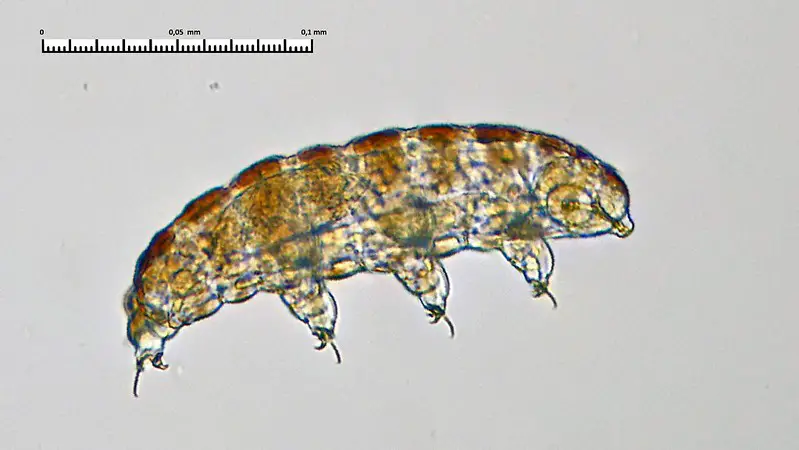
Tardigrades, also known as water bears, are microscopic survivalists with a résumé that puts every other species to shame. These eight-legged extremophiles can survive temperatures close to absolute zero, the vacuum of space, crushing pressure, and radiation levels that would vaporize most living cells. When conditions turn deadly, tardigrades curl into a dried-out ball called a “tun” and enter a state of suspended animation. In this cryptobiotic form, they can wait out a catastrophe for decades, then rehydrate and resume life as if nothing happened.
Their tiny size (just 0.02 inches long) makes them virtually indestructible by nuclear standards. Radiation that would cause irreversible DNA damage in most organisms barely dents their cellular defenses. Scientists believe tardigrades could outlive not only a nuclear apocalypse, but also asteroid impacts, supernovae, and the eventual death of the sun. If there’s life left crawling through the radioactive ruins, odds are it’ll be a water bear—and it won’t even notice the difference. Source: Smithsonian Magazine – Tardigrades Can Survive Apocalypse
6. Sharks
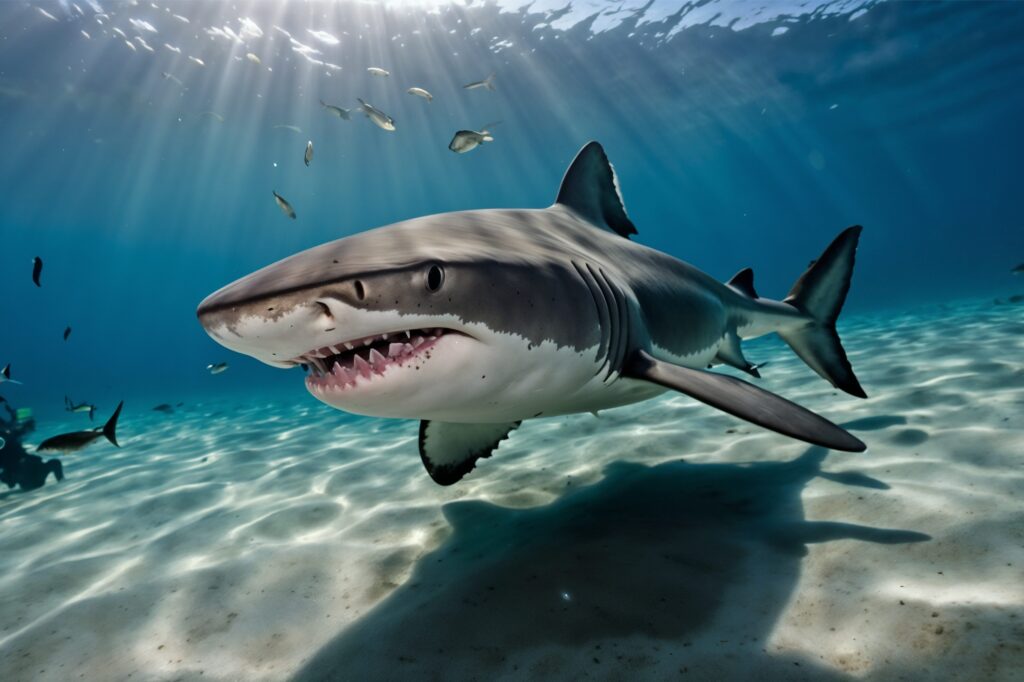
Sharks have roamed Earth’s oceans for over 400 million years—longer than trees, dinosaurs, or most of the continents in their current shape. They’ve survived five mass extinction events, including the one that wiped out 75% of all life. What makes sharks especially apocalypse-ready is their efficiency. Their immune systems are remarkably resistant to infection and disease, and some species can detect electric fields, navigate vast distances, and go weeks without eating. Unlike most animals, many sharks don’t even get cancer at the same rate, and their body chemistry allows them to resist extreme environmental changes.
In a nuclear fallout scenario, open oceans would remain one of the last refuges, far from ground zero. Sharks already live in deep-sea zones, isolated trenches, and nutrient-sparse ecosystems, which means they’re experts in adapting to low-resource environments. As long as the oceans hold life, sharks will be there—silent, toothy, and unbothered by whatever mess unfolds on land. If anything, they’ve been preparing for this moment longer than we have. Source: Florida Museum of Natural History – Evolution and Resilience of Sharks
7. Slime Molds
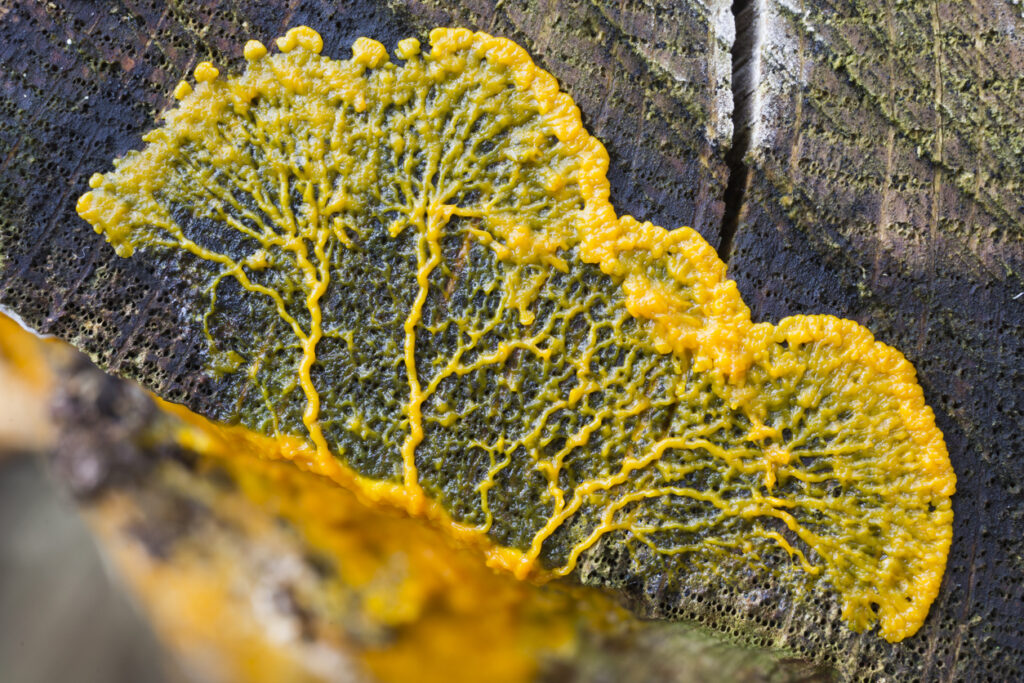
Slime molds don’t look like much—just gooey, spreading blobs that live in logs and soil—but they’re some of the weirdest and most durable organisms on Earth. Technically not animals, not plants, and not fungi either, they’re classified as protists, and they’ve been around for over a billion years. What makes slime molds apocalypse-worthy isn’t just their survival record—it’s their adaptability. They can dry out completely and remain dormant for years, only to rehydrate and resume life when conditions improve. No brain, no nerves, no problem.
Even stranger: slime molds can solve mazes, map efficient routes to food, and even “remember” past experiences—all without a nervous system. They thrive in darkness, moisture, and decay, which means they’re perfectly suited to the kinds of places that would be left after a nuclear disaster. They won’t win any beauty contests, but they’re more than ready to ooze through whatever’s left of civilization. Source: New Scientist – The Strange Survival Powers of Slime Molds
8. Frogs

Frogs have mastered the art of survival by becoming biological shape-shifters. Some species, like the wood frog, can survive being frozen solid for months, stopping their heartbeat and allowing ice to form inside their bodies. When temperatures rise, they thaw out and hop away as if nothing happened. That same freeze tolerance could help them weather harsh conditions in a post-nuclear world, especially if climate chaos and food scarcity follow.
Many frogs also live underground or in dense, moist microhabitats, offering some protection from surface radiation. They absorb oxygen through their skin and can enter states of metabolic slowdown, similar to suspended animation. While frogs are vulnerable to environmental toxins, some species have already shown the ability to persist in polluted or radioactive areas. It’s not guaranteed that every frog will make it, but the ones that do could be the first croaks heard in a new, weird world. Source: U.S. Geological Survey – Amphibian Adaptations to Cold Environments
9. Moles
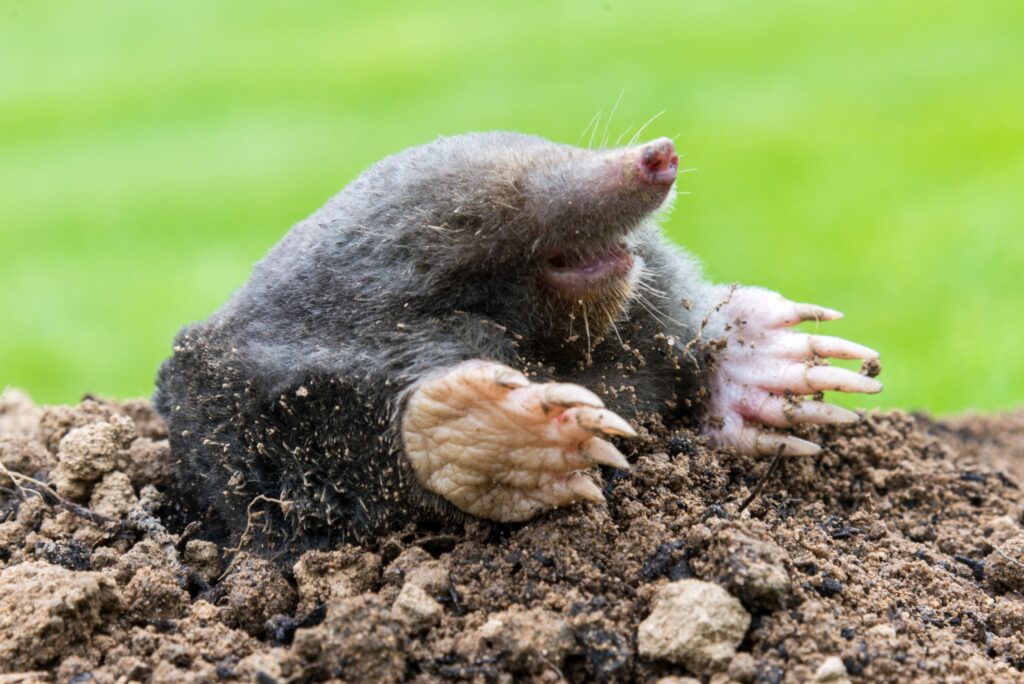
Moles are already living like the world ended—they just haven’t noticed yet. These subterranean mammals spend their lives tunneling through soil in total darkness, breathing low-oxygen air, and eating whatever insects or worms cross their path. Their underground lifestyle would offer immediate protection from the worst effects of nuclear fallout, including radiation, temperature swings, and surface-level chaos. If shelter is survival, moles are already ahead of the game.
Their physiology is built for extremes. Moles can tolerate carbon dioxide levels that would knock out most mammals, and their compact bodies require little energy to maintain. Some species can survive days with minimal food and adjust their activity based on temperature and availability. Plus, their tunnels double as escape routes and food storage. While we might not see them often, moles could easily be among the last mammals standing, quietly digging through the ashes. Source: Journal of Mammalogy – Physiological Ecology of Moles
When the dust settles and the Geiger counters stop ticking, it won’t be us who inherit the Earth—it’ll be the burrowers, the swimmers, the unbothered blobs, and the beings that barely blink at radiation. From deep-sea sharks to frozen frogs and indestructible bugs, these are the creatures quietly outlasting us all.


